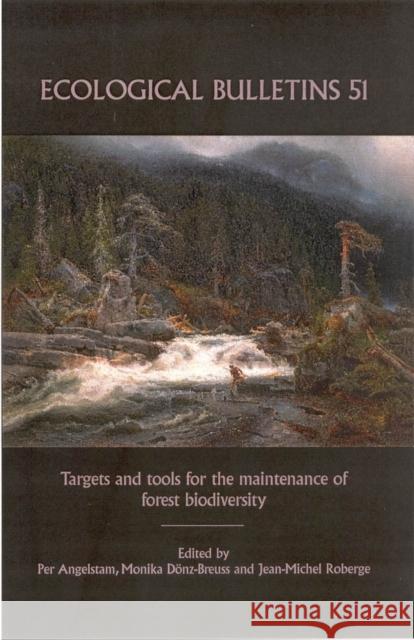Ecological Bulletins, Targets and Tools for the Maintenance of Forest Biodiversity » książka
topmenu
Ecological Bulletins, Targets and Tools for the Maintenance of Forest Biodiversity
ISBN-13: 9781405117746 / Angielski / Twarda / 2005 / 512 str.
- Maintaining forest biodiversity by combining protection, management and restoration of forest and woodland landscapes is a central component of sustainable development.
- Evidence that there are threshold levels for how much habitat loss may be tolerated for viable populations of specialised species to be maintained.
- Policy-makers, businesses and managers pose questions about how to balance use of renewable forest resources and conserve biodiversity.
- Examples are presented on how biodiversity assessments can be made.
- Proposes how the critical gaps in our knowledge identified throughout the book could be filled through macroecological research and international co-operation.











